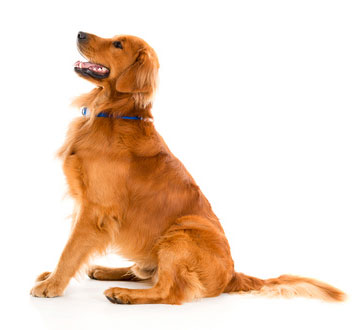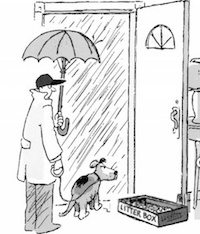Controlling a high energy, turbo charged dog can be a challenge, however these dogs have so much to give, we simply need structure and direction along with a consistent training program, to channel their energy into ‘control’. This is mentally and physically testing for these high energy canines… equally for their owners! These highly excitable canines lack the ability to control behavioural impulses.
Owners of these enthusiastic dogs need to be alert, responsive to movement, aware of triggers and ready to deliver a set of commands to gain control.
Problems arise when, well intended owners fail to recognize, understand and subsequently meet the training and energy requirements of a high energy dog.
Take a young unneutered enthusiastic adolescent dog that appears to have springs in his feet! This dog will be super responsive to positive, non invasive, fun training. Provide plenty of physical and mental training to burn off his enormous reserves of energy.
With endurance and enthusiasm to spare, channel the energy level, into a positive outcome for both the dog and owner.
Why are some dogs ‘highly energized’?
# Diet can play a big part in the energy level of your dog. Whatever kibble you are currently feeding, leave it aside for one week. Make up a meal of pasta, rice, vegetables and fresh mince. See if there is a significant change in the behaviour of your dog. If the answer is yes, make the change, gradually.
# Dogs who remain outside only dogs, crave human companionship. When the human and the dog come together, the dog finds it extremely difficult to control himself. More supervised, inside time would be a recommendation.
# Dogs that have limited access to you within your home environment, can experience high energy.
# Under exercised dogs, can build high energy levels. Walk every day.
# The lack of appropriate reinforcement for calm behaviour, has not been adopted. Your voice tone, should be ‘low key’, not high pitched.
When dogs are allowed inside, they are learning all the time, as they are constantly being supervised. Family members can be rewarding good behaviour and addressing negative behaviours, constantly.
# Attention, whether it’s a pat or high pitch voice tone, talking fast, moving fast, this can unleash a torrent of jumping, barking and uncontrollable, undesirable behaviours. The scent, or the delivery of a high value food treat, can elicit a flurry of jumping, barking, mouthing feet and limbs and body slamming behaviours.
Time outs and ignoring negative behaviours, don’t work. Address this problem from the grass roots.
If we only focus on telling the dog what ‘not’ to do, we leave a massive void. The dog knows not to jump, but what does he do instead? For dogs that have high energy and low ability to control impulsive behaviours, we need to help them fill the void. We must teach them replacement, desirable behaviours.
Consider the attention seeking, jumping dog. This guy needs to be taught a default command of drop / stay, especially when visitors arrive. The default command, not only fills the void, it gives the dog attention, for the right reason, rewarding good behaviour.
These eager achievers are motivated by everything, use this motivation for your training.
Set up for success.
Here’s how to reward & encourage calm behaviour:
- Have a ‘treat bowl’ handy. The treats should be high value treats. By this I mean, cheese, liverwurst, mince, bbq chicken skin. Not your average dry treats.
- With these treats at hand, your dog should have already picked up the scent, and ‘doing his thing’.
- Wait…
- [no talking to him while you are in the ‘wait’ mode]
- [no moving about, while you are in the ‘wait’ mode]
- Wait… until you’re furry friend is STILL, [this may take some time, however the wait is worth the effort] not jumping, not leash biting. Your goal is to temper his eagerness.
- Give the dog a ‘thumbs up’ command along with a ‘yes’ and give him the food reward.
- Do not enter into a conversation with him, about how clever he is, your attitude is ‘very matter of fact’, your voice tone the same.
- A minimum of twenty drop stay commands should be practised, daily! These should be completed in various areas of your home, inside and outside. Extend the length of time, with the ‘stay’, make eye contact with your dog. This is the best way for your dog to ‘dump energy’. All family members should engage in this training.
- Don’t forget to reward your dog, with a calm, authoritive voice tone and a pat.
Your dog is asking in every way possible to engage with you, his wants and needs, are training.
High energy dogs love to learn, whether you are encouraging calm behaviour, or teaching fun tricks, maybe basic obedience commands at a high level, or enrolling in our mentally and physically challenging Agility training program, or, our Control Class, these areas are engaging for both the dog and the owner.
At the educated end of the leash, your job is to show him, good things happen, when he controls his behaviour.
The rewards and benefits of training a high energy dog is empowering.
My Belgian Shepherd was a very high energy dog. Our training sessions were always interesting and exciting, as I met the needs of her intelligence and energy level. She went on to become an Australian Obedience Champion at the young age of 5.
written by Lee Hettiger – owner/operator Centenary Dog Obedience





0 Comments